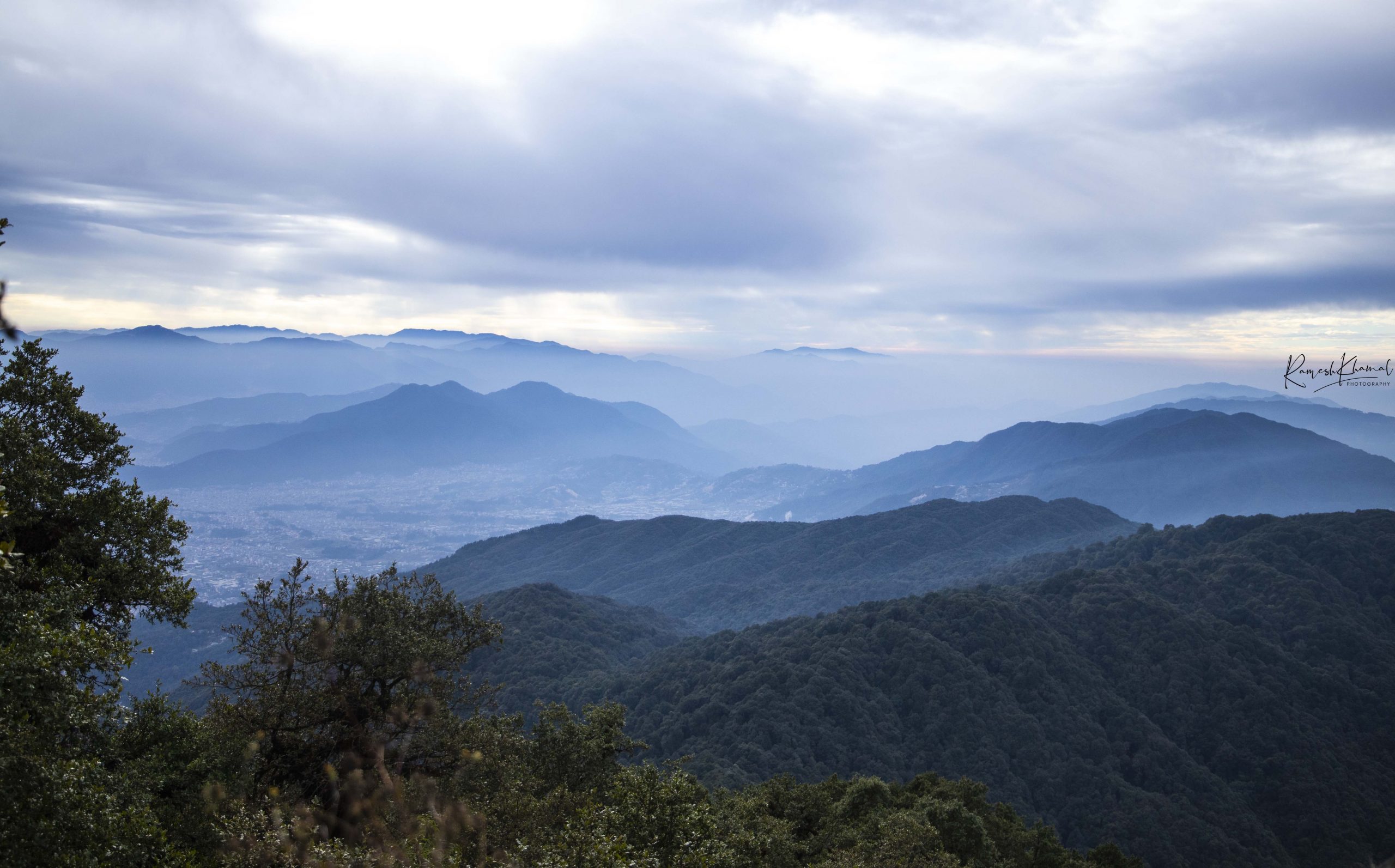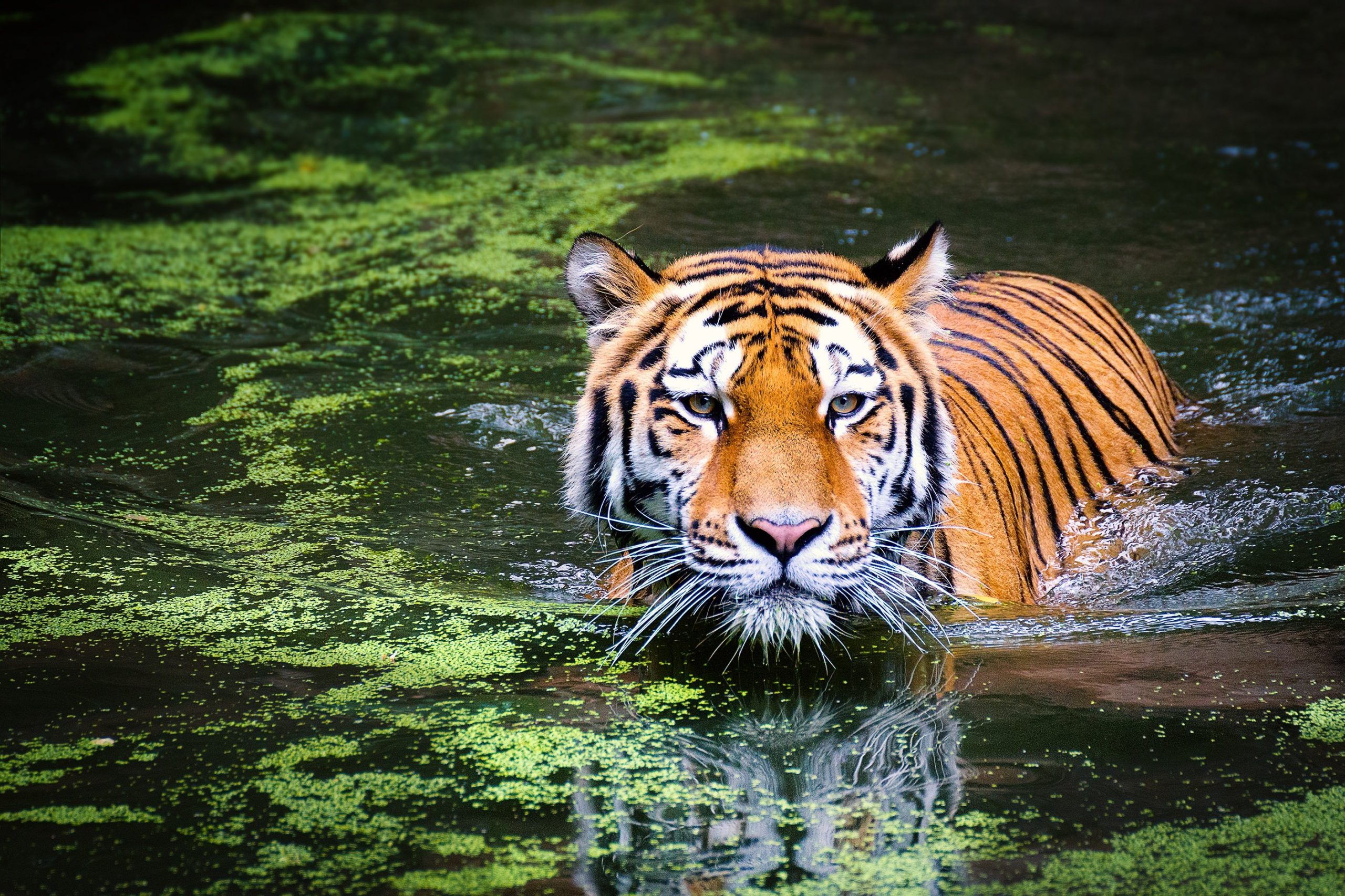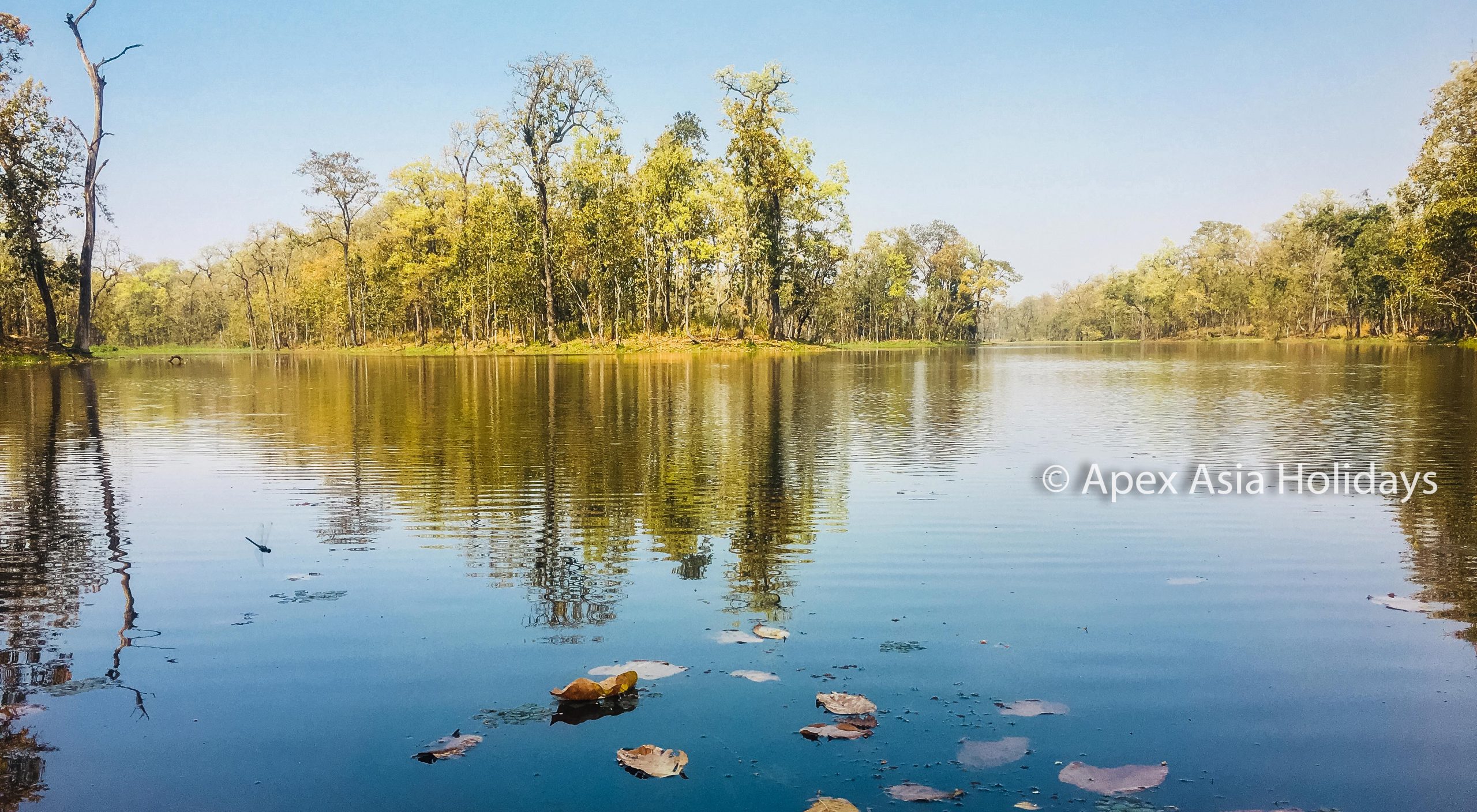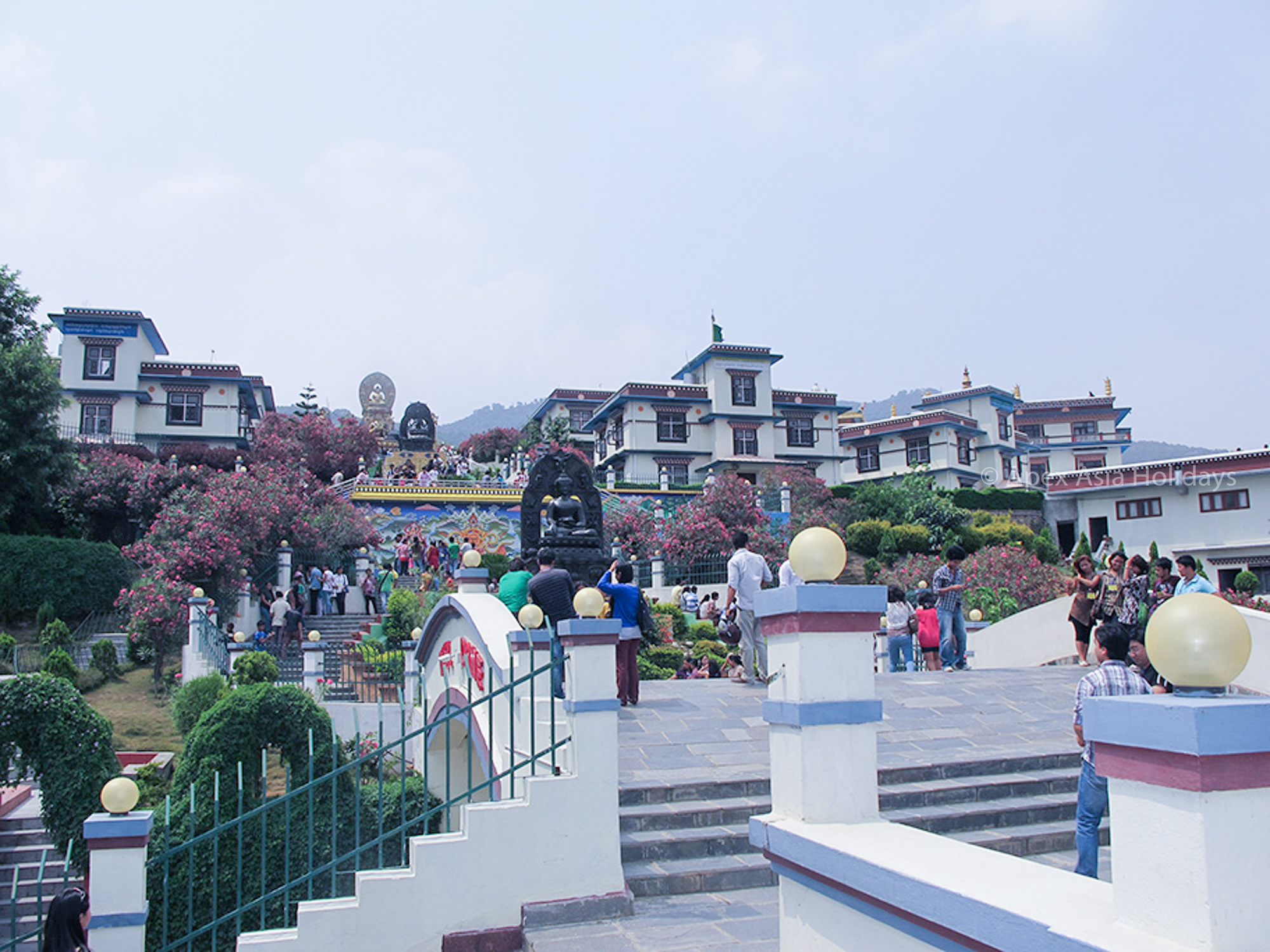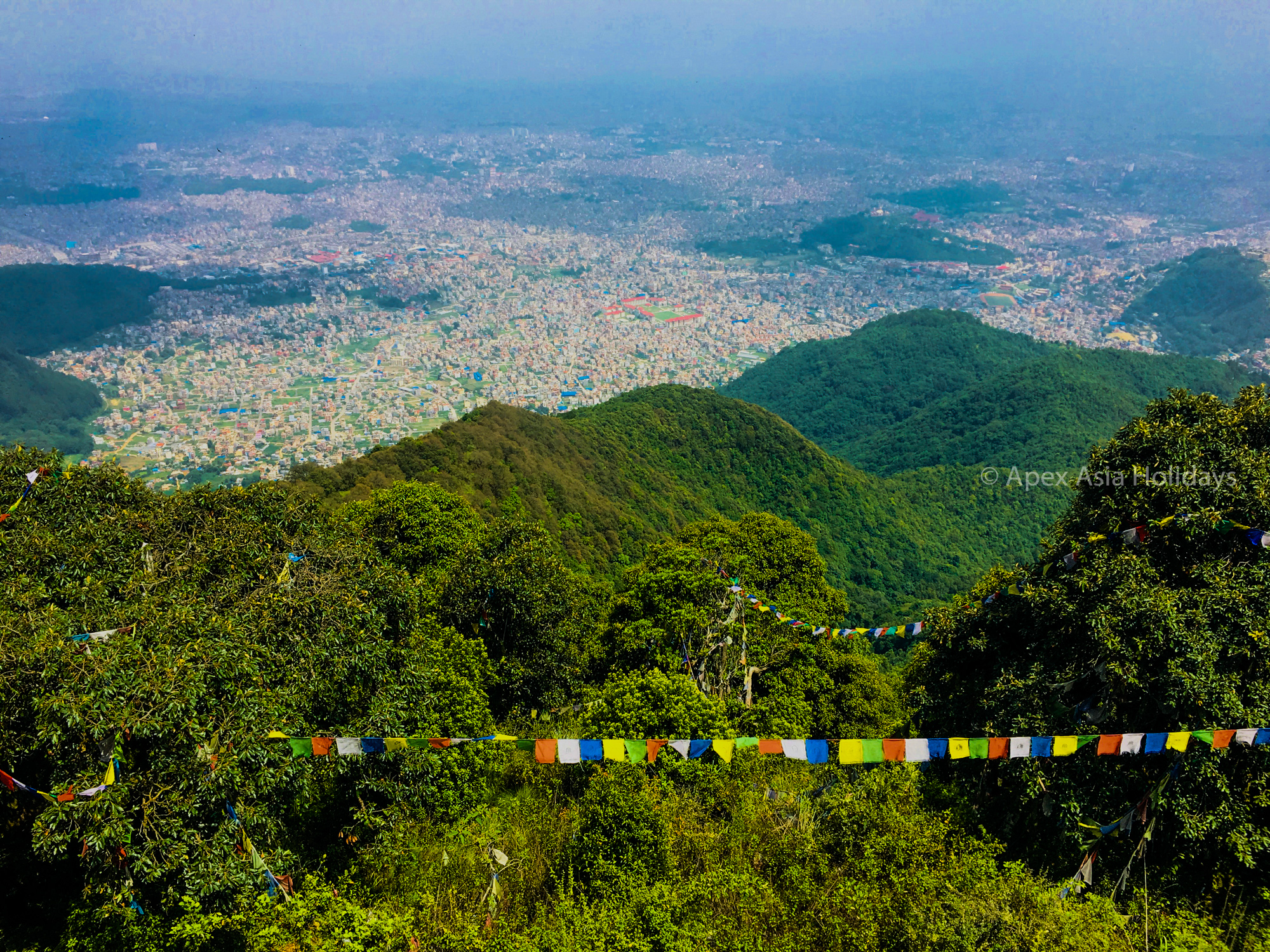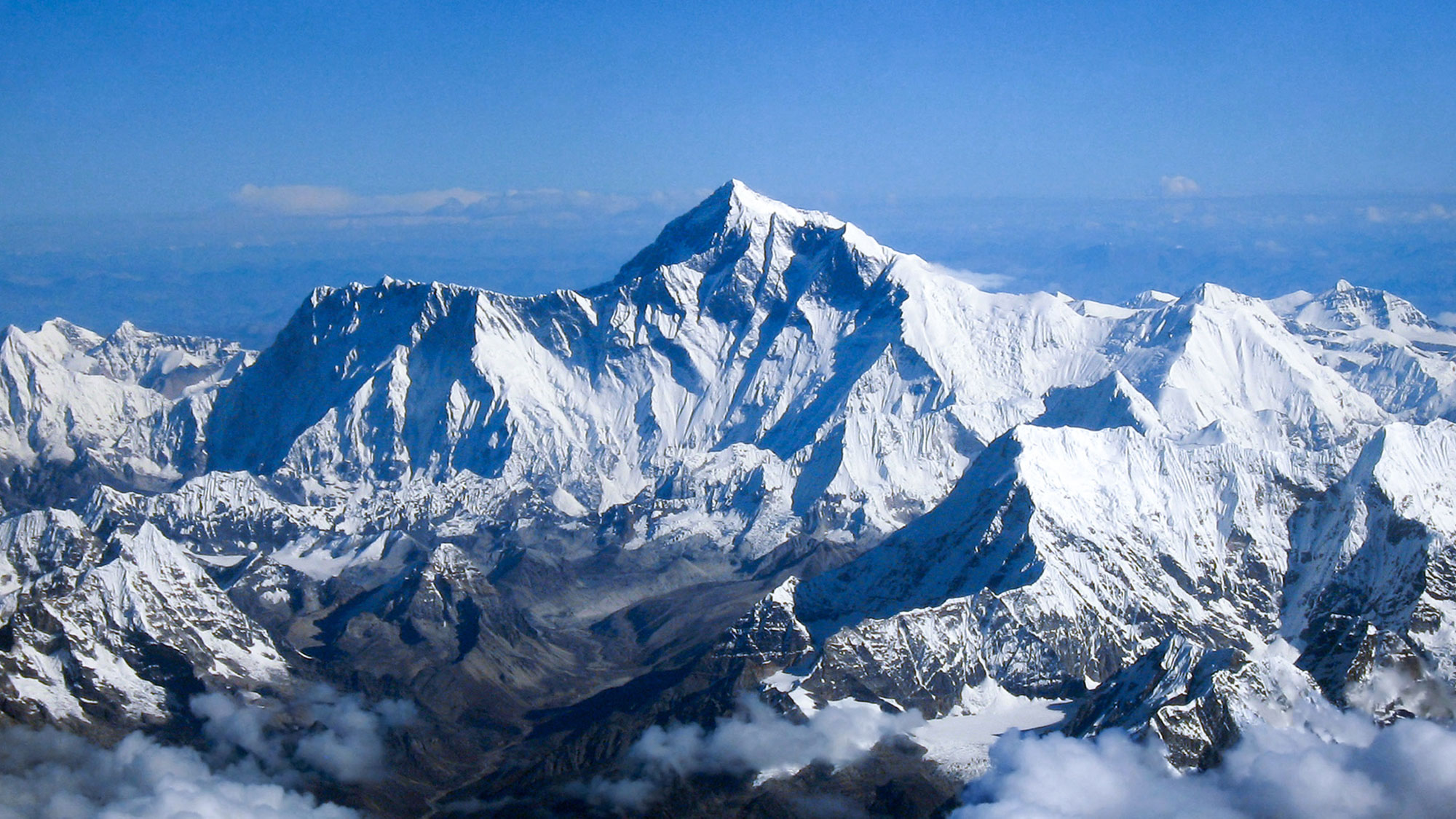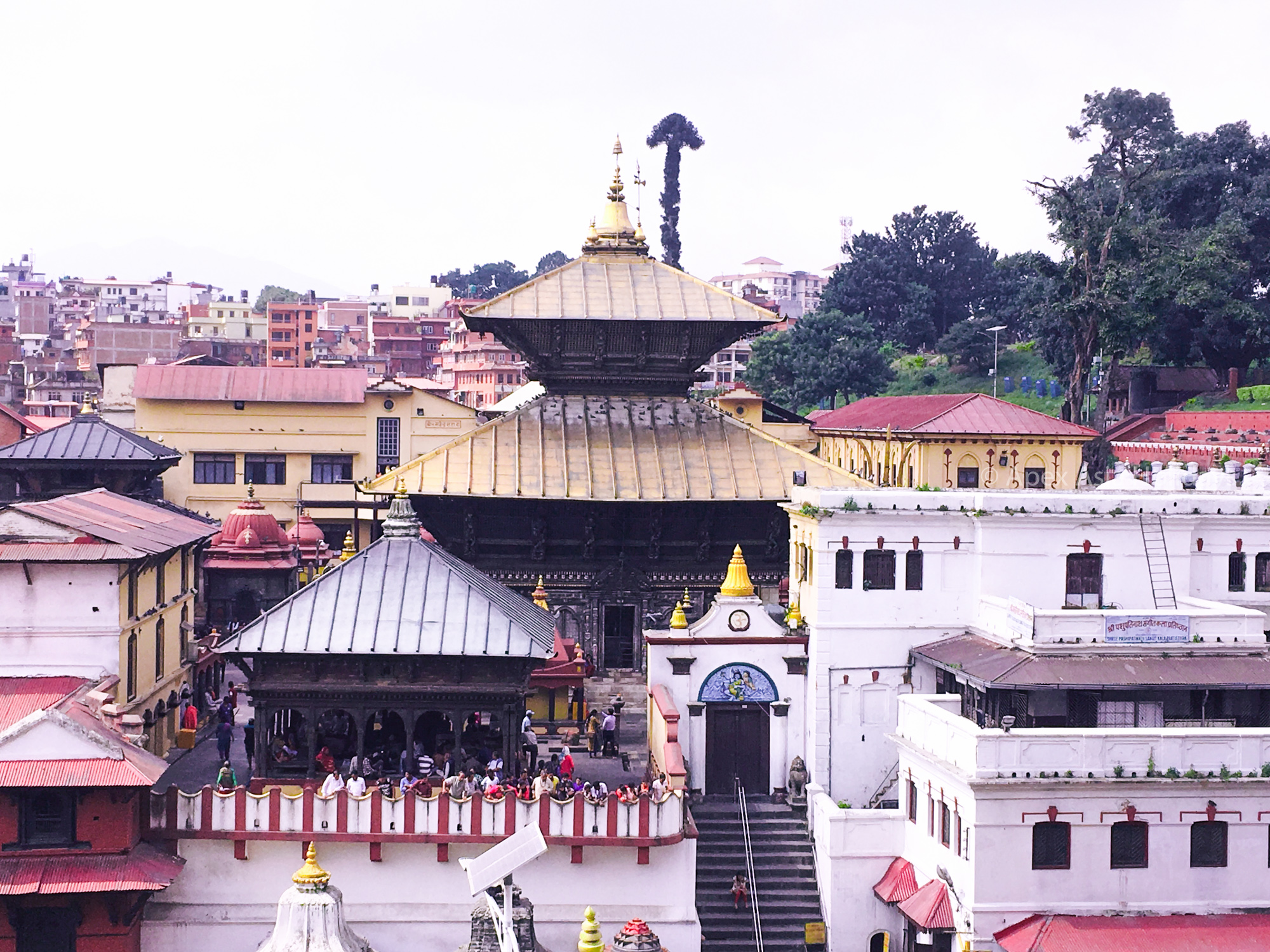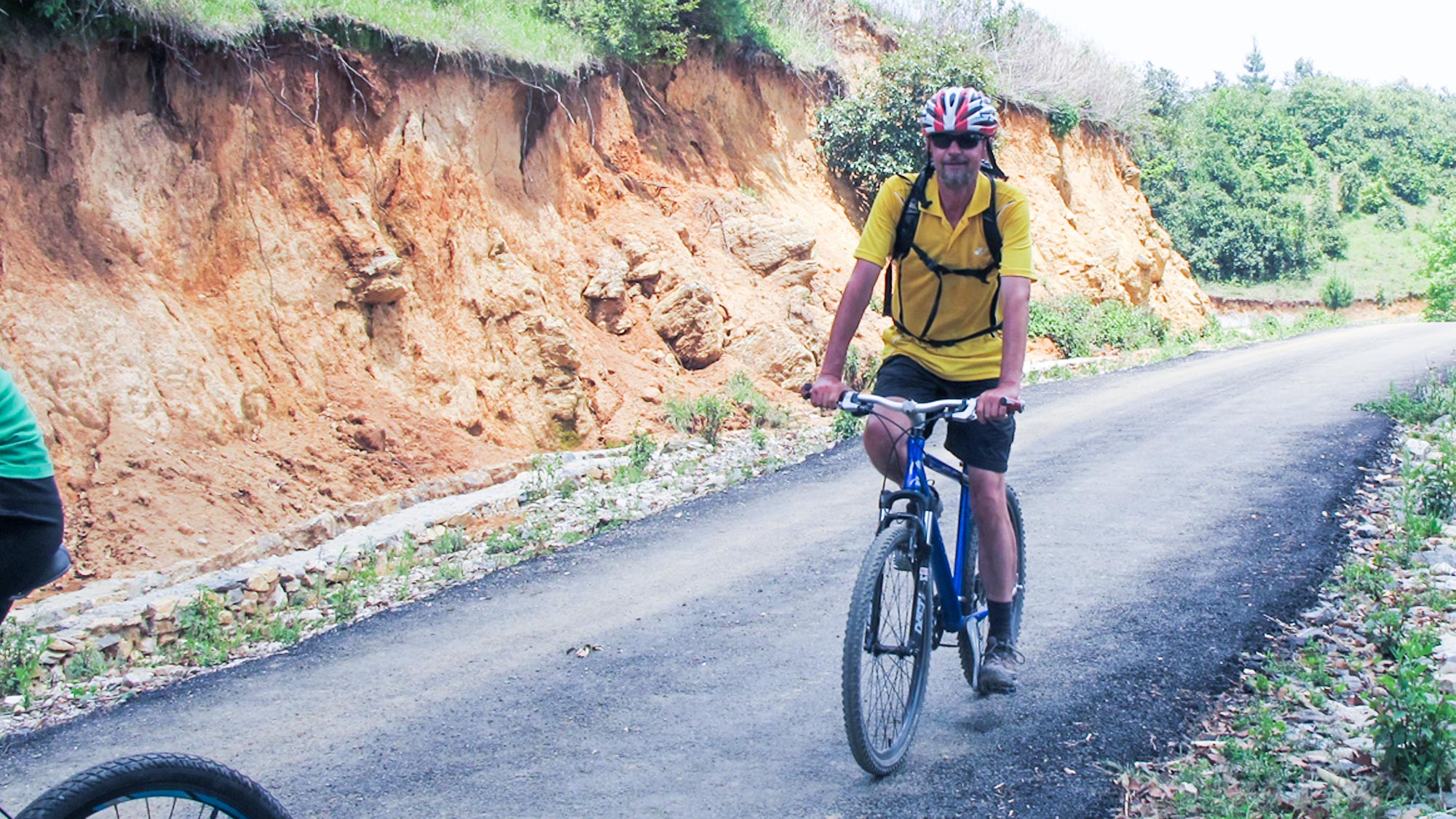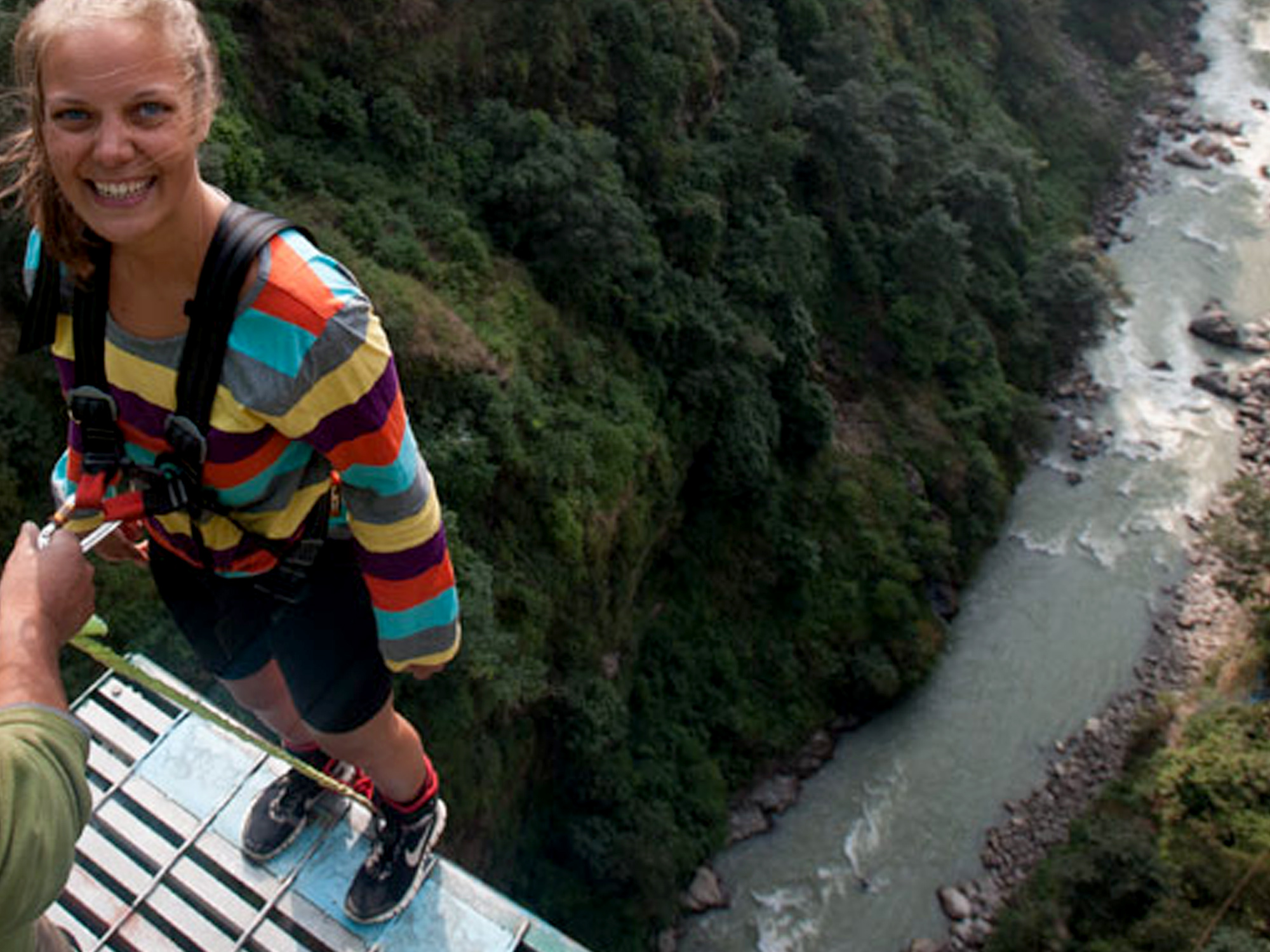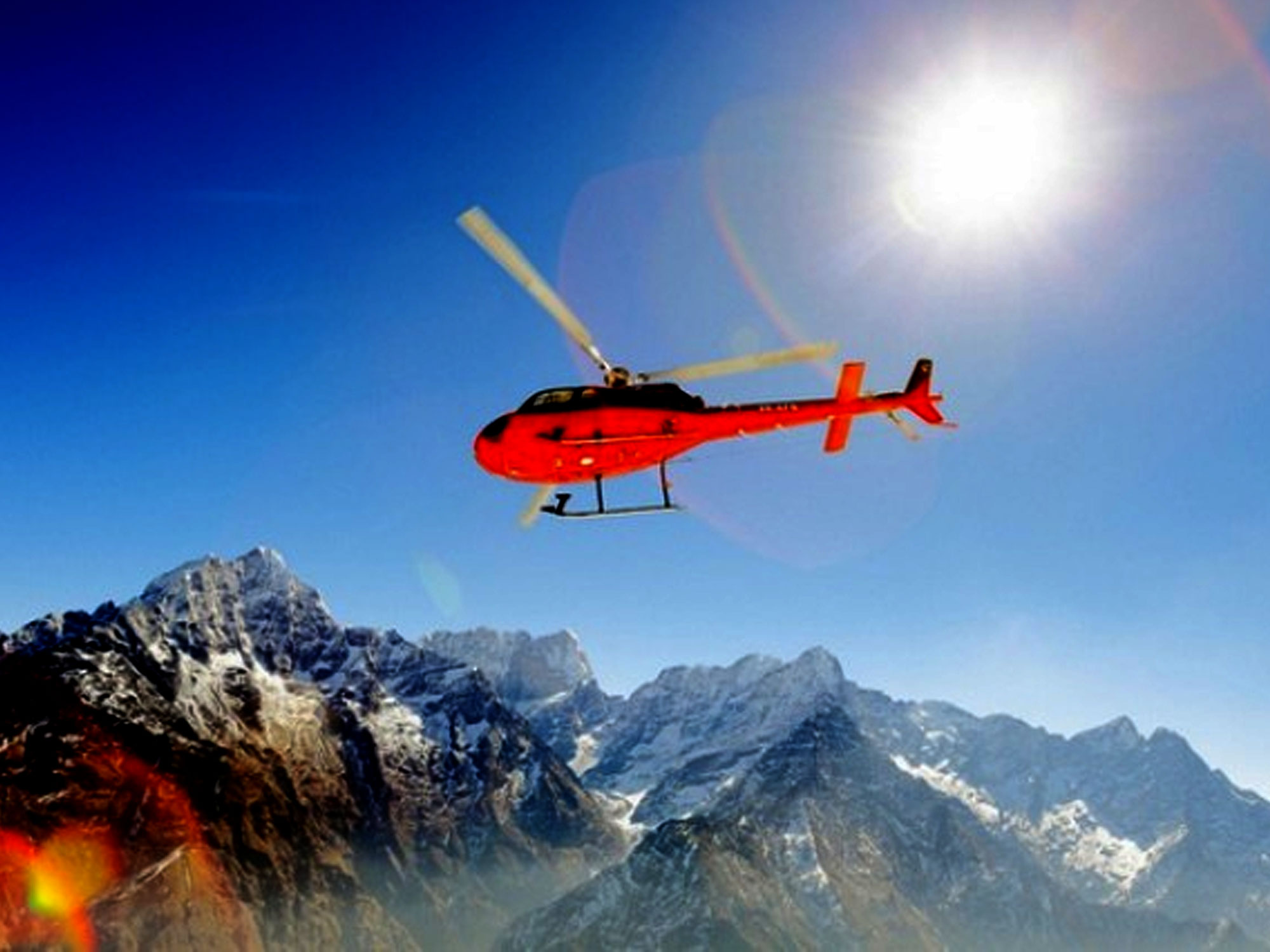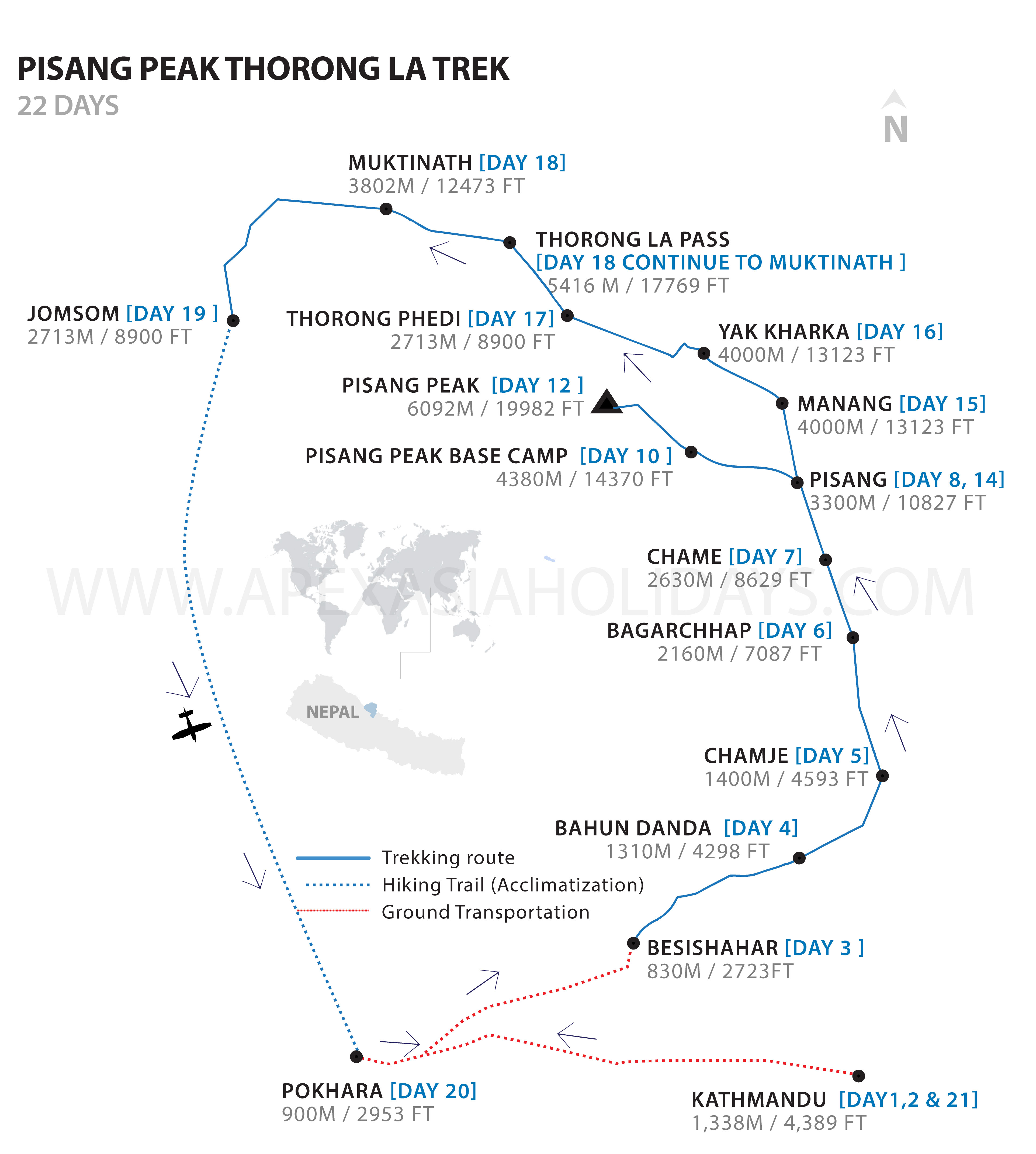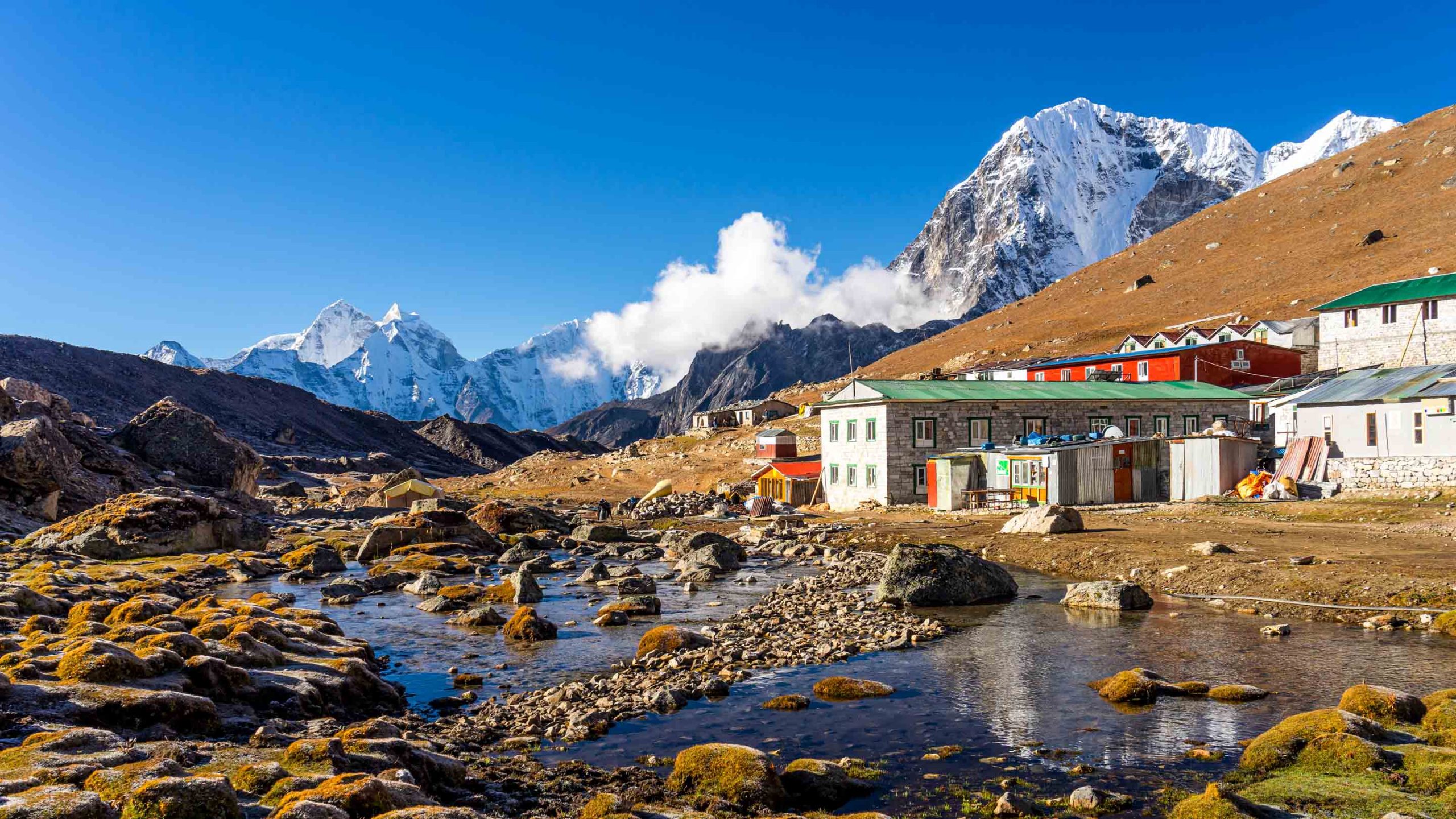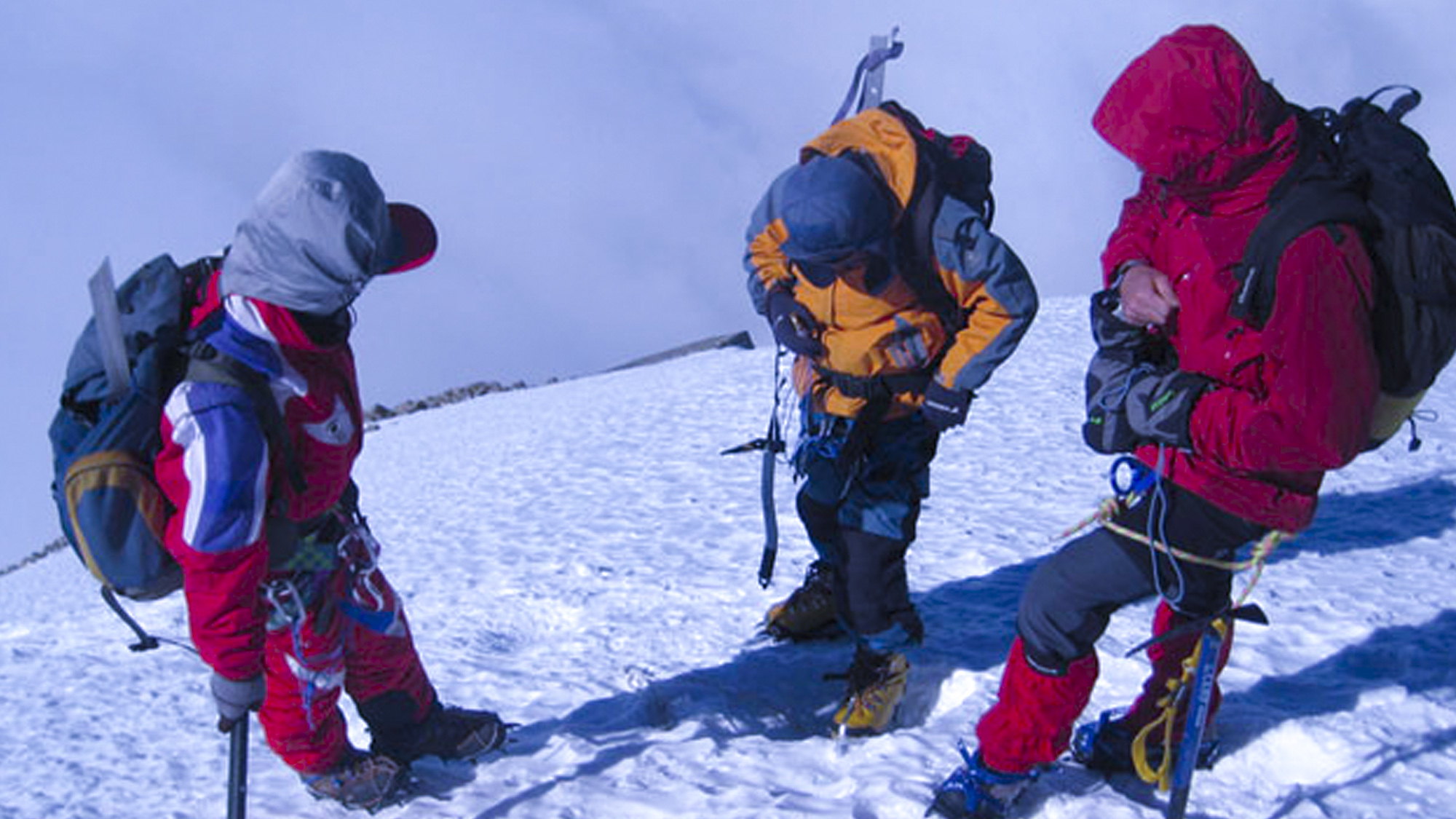

Trip Overview
Pisang Peak is a tough trip to Annapurna region because of combining features- climbing the peak and crossing the popular pass Thorong La. Pisang peak is categorized under the technical peak from the point of view of climbing, the edge, and rocky face makes the little bit harder.
The journey of Pisang Peak and Thorong La pass begins from the whole day drive toward Beshishahar. Traveling through the Prithvi Highway up to Dumre Bazaar, and turns to Beshishar. Take the right lane and reach Besishahar. The adventure commences from, early morning get up, take breakfast and get ready to trekking. This trek gathers the various information about the caste and culture, religions, vegetative-vegetations. Begins with the Braman family, and get different caste, such as Damai, Kami, Gurung, Thakali. As a whole trekking is dominated by Gurung caste. It is a trekking which starts from below 1000 meters and reaches 6091m, crosses the highest passes 5416m of Thorong La.
The trekking is a natural museum of the Himalayan valley, high Himalaya barren land, waterfalls, lakes, and rivers. The valley from Chame to Ghunsang, which is encircled by snow-capped mountains. The view from Pisang valley, base camp and top of the peaks in a superior view. While starting to climb up it feels that the peaks slowly coming towards the eyes, the awe-inspiring views eliminates all the tiredness.
Reaching the base camp of Pisang Peak and climb up High camp 5445m and finally summit the peak 6091 meters. For mounting the peak reach Cross the Thorong La passes and reaching in Muktinath is another adventure of the trek. Tilicho Peak, Nawal Peak, Chulu East, Chulu Far East, Tibetan Peaks, Annapurna I, Annapurna II, Gangapurna, Manaslu, Ganesh Himal, Kang Guru Peak, Gyaji Kang Peak, Tilje Peak, and Kuchubhro Peak are most seeing peaks from the base camp to top while climbing and from the summit.
After the pass, there is an another adventure of crossing Thorong La pass 5416m from sea level. By reaching Muktinath, the adventurous tasks will complete. Finally, you reach to Jomsom via Kagbeni, through the bank of Kali Gandaki river. Morning flight from Jomsom to Pokhara with aerial views of the mountains and hilly village.
Tour Highlight
- City tour in Kathmandu & Pokhara. -Marshyangdi River valley -Pisang Peak 6091 meters.
- An oldest Buddhist monastery in Braga village
- Crossing the Thorong- La over 5416 meters
Trip Itinerary
-
Day 1
Arrival at Tribhuwan International Airport
Welcome to Nepal! We will receive you the airport and transport you to hotel.
-
Day 2
Pre-trip meeting and sightseeing in Kathmandu (1365m)
Your days activities begin after the breakfast. We arrange a short meeting in your hotel lobby before the city tour. Our representative introduces you with your tour and trekking leader, finalize trek with clearing due amount, sign in a participated form as well as the non-liability disclaimers.
The tour will begin around 8 AM, during the tour you will visit three main highlighted places of Kathmandu, Pashupatinath, Boudhanath Stupa and Bhaktapur Durbar Square.
Pashupatinath Temple is the world most popular Hindu temple, and also the place of cremation lies on the bank of a holy river called Bagmati where Hindu holy people; Sadhu meditating, pilgrims bathing. The process of cremation is burning the dead body with firewood and ghee.
Bouddhanath Stupa is one the biggest Buddhist shrine of the worlds, where you can see the monks are praying in monasteries surrounding the stupa.
And the next spot for the day is Bhaktapur Durbar Square, which is famous with the name of Fifty-Five Windows Durbar; its architect designs mesmerized the peoples. Main attractions of the durbar are The Lion Gate, Golden Gates, The statue of King Bhupatindra Malla and the pottery where the potter makes different kinds of pots.
After back to the hotel, you will have few hours for your last shopping for trek and exploration the Thamel city, one of the busiest touristic town of Kathmandu.
-
Day 3
Drive to Besisahar (830m) by bus
After breakfast, you will be picked up by your trekking crew and head off for 7hrs drive to Besi Sahar. Driving along Prithvi Highway up to Dumre goes along Trishuli river until you cross Mugling, then following Marshyangdi River up to Dumre. The picturesque farmland on the banks of rivers are outstanding.
-
Day 4
Trek to Bahundanda (1,310 m)
Trekking begins from Manang Chautra, Besi Sahar, and follows the valley of Marshyangdi, crossing Khudi and Bulbule to reach Nadi for lunch. After lunch, the trail climbs to Bahundaanda (1,310m) with spectacular and lush landscape surrounding you.
-
Day 5
Trek to Chamje (1,400m)
From Bahundanda, the trail descends to Syange at 1070m where you see a large waterfall and then you will cross a suspension bridge over Marshyandi River. Afterwards, you will reach the cobbled village of Jagat. Just before reaching Chamje (1400m) you can see more waterfalls.
-
Day 6
Trek to Bagarchhap (2,160m)
The rocky trail follows the Marshyandi River and climbs to Tal (1,675m). The trail continues gradually up to Dharapani, where the stone Chorten gives the flavor of Tibetan. Dharapani is another permit checkpoint, and it is also the junction where you can meet people coming from Larkey La Pass of Manaslu trek. At Bagarchhap, you can see the village surrounded by apple orchards and maize fields.
-
Day 7
Trek to Chame (2,630m)
The trip begins to climb till Temang through a jungle, and then reaches Chame via Thanchowk and Koto. Temang village is located at the bottom of Lamjung Himal and Thanchowk is the lunch place where you can enjoy a lunch with awesome views of Mt. Manaslu. Chame is the headquarter of Manang district and sports rewarding view of Mt. Annapurna II.
-
Day 8
Trek to Pisang (3,200m)
We leave Chame and head off to Pisang, following narrow valleys and over the treeline of Annapurna Himalayan range. Before you cross the second bridge of Marshyandi, you can see apple gardens. Ascending trails of Pisang go through blue pine forests via Dhikur Pokhari, where you will have your delicious lunch, and walk an additional 1.5 hrs to get to Lower Pisang. Late afternoon we hike up to Upper Pisang to explore the monastery and also for acclimation.
-
Day 9
Acclimatization & exploration
Today is a day for resting and acclimatizing in high altitude, because the following day we head off to the Base camp. Hike up to Upper Pisang, visit monastery and old village. Back to the guesthouse and prepare for the climb in the coming days.
-
Day 10
Trek to Pisang peak base camp (4380m)
After breakfast left for base camp. It takes about 7hrs to get to the base camp. Accommodation and meals will be in tented camps from tonight until you back to the Pisang village.
-
Day 11
Acclimatization & exploration
This is a day for acclimatization and walk around the camp up to high camp, from where you see the view of Annapurna range, Chulu East, Chulu Far East, Nawal peak, Tilicho peak and many others unnamed mountains and peaks. After short trip back to base camp and ready for following days expedition of 6091m.
-
Day 12
Summit day & return to base camp
Today is the climb day. We wake up early in the morning and get ready to start the climb to Pisang Peak. First, the guide will check the weather conditions and starts the trip. From the summit of Pisang peak, you will see Annapurna range, Chulu East, Chulu Far East, Nawal peak, Tilicho peak, Manaslu, Ganesh Himal, the Tibetan mountains, Kanguru Peak, Gyaji Kang peak, Tilje peak, Kuchubhro peak, and many more peaks. Carefully descend to base camp.
-
Day 13
Spare day in the event of bad weather
Spare day in the event of bad weather
-
Day 14
Trek to Pisang Village (3200m)
Today is the first day after summiting Pisang Peak. The trail descends towards Pisang village (3200m), which is about 5hrs. The view of Mt. Annapurna make your journey more enjoyable.
-
Day 15
Trek to Manang (3540m)
Today there are a couple of options to reach Manang. First is northern side of Marshayandi River and next is south of Marshyangdi river, both ends at Munji. The Southern way through Humde is easier than the other, whereas via Ghayru and Nawal is harder one but gives awesome views of Annapurna Range. From Munji it takes less than 2 hours to reach Manang (3,540m) via Bhraka (3,475m).
-
Day 16
Trek to Yak Kharka (4050m)
After breakfast, we start walking towards Yak Kharka from Manang. The trail gradually climbs up to Gunsang Manang via Tenki Manang along the Jarsang Khola Valley. Today is the best day for beautiful Himalayan peaks, you can see Mt. Annapurna II, III, IV, Mt. Gangapurna, Mt. Tilicho, Mt. Manaslu, Pisang Peak, Chulu Peak etc. and finally reach Yak Kharka (4,050m).
-
Day 17
Trek to Thorang Phedi (4450m)
Slightly up the trail to Thorong Phedi, we get to see large herds of blue sheep and yaks on the barren fields. Just before the Phedi, you have to cross the landslide area which is about 10 minutes. And finally, reach Phedi where you have lunch and settle into rooms here. You can walk up to High Camp for acclimatization.
-
Day 18
Cross Throng La pass (5416m) & trek down to Muktinath (3800m)
The trek today begins before sunrise at around 4am to cross Thorong-La Pass (5416m). It is important to cross the pass by no later than 10am to dodge the winds and potentially inclement weather. We will be well over 5,000m, which is very high altitude, so it’s important to pace ourselves comfortably and drink plenty of water. The pass is marked with praying flags and gives picturesque views of Mustang valley and high mountains up ahead. After crossing the Pass again, we need to walk for another 4hrs to reach Muktinath (3800m).
Muktinath is an important Hindu heritage site for Hindus and Buddhists alike. Thousands of pilgrims visit the place and take the holy bath at 108 holy waterspouts in the temple premises. It is considered to be the place of Nirvana, where Lord Vishnu confessed his transgression. Lord Vishnu is the main god of this temple. Likewise, there is a temple called Jwala Mai which has a natural eternal flame fueled. We stoll about Muktinath for the remainder of the day, and celebrate our success of crossing Thorung La Pass.
-
Day 19
Trek to Jomsom (2713m)
Today’s journey is much easier than previous days. You will heading off to Jomsom by crossing Jharkot town and then walking along Kali Gandaki valley, also called the Windy Valley, we see Jomsom in the horizon. It is the district capital of Mustang district and also famous for apple orchards. Local apple brandy is a special drink of Mustang.
-
Day 20
Morning flight to Pokhara
Finally, this morning is last morning in Himalayas. After 20 minutes of scenic flight, you reach Pokhara. After checking into the hotel and resting for a bit, cit tour of Pokhara starts. The tour includes Fewa Lake, Devis Waterfall, a museum, a Tibetan refugee settlement, Gupteshwor Cave, and more.
-
Day 21
Drive to Kathmandu (1338m) by bus.
We drive back to Kathmandu on a tourist bus. The drive takes about 7 hours on a scenic route. In the evening, there will be a farewell dinner in a traditional Nepali restaurant with folk music and dance performance.
-
Day 22
Transfer to the airport for your final flight departure
The trip concludes today. Your guide will drop you off at the international airport for your departure back home.
Itinerary Info
Standard Itinerary and Private Trip
It is the notice about Standard Itinerary and Private Trip. The provided itinerary is standard, and if you want to customize it, you can do it. OR you can go through our Plan Your Holidays page.Travel Insurance and Covers
We strongly recommend you have travel insurance that covers the adventure activities such as trekking/hiking above 15,000 feet. And must include flights delayed/canceled by bad weather, accidents, evacuations, etc.Keep in Mind
Sometimes, unusual weather changes, natural disasters, flight delays, and cancellations, government rules, local political situations, health conditions of trekkers may change your itinerary. At that point, our leading guide will decide and try to minimize the impacts and run the trip smoothly, but we are not liable for any additional costs if needed.Always options for Upgrade
Please you can upgrade your accommodation and transportation service to regular. We can provide you with 5Star hotel accommodation and the best available private car/ jeep services. And also domestic flights including the Helicopter Charter.
Available Date
- Fixed Departures
- Private
Select a departure month
- March
- April
- May
- September
- October
- November
- December
What Includes & Excludes
Includes
- From and to airport transfer to hotel on a private tourist vehicle
- Three Nights hotel accommodation in Standard Hotel in Kathmandu
- A night hotel accommodation in Standard Hotel in Pokhara
- Fullday guided sightseeing in Kathmandu.
- From and to airport transfer to hotel on a private tourist vehicle
- Accommodation, foods, insurance, salary, equipment, and medicine for field staffs.
- Trekking/tour permits, entrance fees.
- All ground transportion as per itinerary
- Farewell dinner one night before the client’s final departure in a typical Nepali Restaurant with culture dance. Your guide will accompany you.
- All government taxes and official expenses.
Excludes
- International airfare to and from Nepal.
- Visa fees and travel insurance.
- International airfare to and from Nepal.
- International airfare to and from Nepal.
- Tips for trekking staff (Tipping is expected).
- Personal trekking gears/equipment.
- Anything not mentioned in the price includes.
HOW ARE WE DIFFERENT?
We operate this trip with aiming:
- To improve the lifestyle of local people
- To protect the environment
- To respect and promote the culture of the local community
- To create the Volunteering Opportunities
- To donate 5% of each trip cost to the COSD Nepal organization
We hire the local people as trekking staff, which creates the opportunity to learn and share the cultures, get exposure to local traditions. You can enjoy the local product feasts in the teahouses and lodges that directly help their business.
- Namaste [Namaste is usually spoken with a slight bow and hands pressed together, palms touching and fingers pointing upwards, thumbs close to the chest] is the respectful greetings in Nepal.
- Walk-in clockwise direction around temples, monuments, MANE Stone, MANE-wall is the culture of Hinduism and Buddhism.
- Enter temples and with removing shoes and also leather.
- Ask permission to take any portrait of locals.
- Use right while giving and receiving food, eating, wiping mouth, etc.
- Please dress in loose-fitting clothes while entering temples and monasteries.
A small group of travelers led by the local trek leader, we try to minimize the impacts on natural resources and the environment during the trips. We emphasize reducing waste. Encourage travelers to use a refillable water bottle instead of a single-use bottle.
We are also a supporter of the Community Organization for Sustainable Development Nepal (COSD Nepal). And, we collect 5% of the total payment of each trek to contribute to the organization.
Volunteer Opportunity
We have a volunteer trip operating in a local school in Gorkha. Through this trip, you can directly support the children also the teachers’ educational status.
Add-on Activities
Equipment List
Here you will get a basic idea of the equipment and items of clothing that you need to carry on the trip. Apex Asia Holidays provide you with a gratis duffel bag in Kathmandu to pack your trekking luggage.
Note:
- Non- trekking items can store at the Hotel lockers in Kathmandu.
- If you are trekking in Everest Region: Kathmandu- Lukla Flight only allows the 15KG including hand-carry bag.
- You must have to carry a down jacket from above 4000 meters to keep warms. You can hire a down jacket and sleeping bag for USD 30 with us.
Upper Body - Head / Ears / Eyes
- A cap to protect your ear and neck from sunlight
- Warm wool or synthetic hat
- UV protective glaciers sunglasses - better to have side shield.
Hand
- A pair liner woolen gloves for mild days and heavy for morning and evening
- Haviers Gloves
Core Body
- Three cotton t-shirts
- Three synthetic t-shirt
- Two long sleeve polyesters, light colored shirts for sunny days.
- A soft shell jacket, water resistant, with insulation, underarm ventilation zippers. The full front zipper is preferable for ventilation.
- For women two synthetic sports bras, no cotton.
Lower Body
- Two pairs of nylon hiking shorts.
- Underwear, stay away from cotton.
- Two pairs lightweight long underwear.
- Two pair trekking pants, preferably that zip on/off at the knees.
Feet
- At least four pairs of liner socks, synthetic. And three pair heavyweight socks to be worn over liner socks.
- A pair of lightweight socks, a good option for the lower / warmer parts of the trail and also on lodges at the time of dinner.
- A pair light to medium weight waterproof hiking/trekking boots. Make sure the size and should have to be avoidable for blister.
- A pair light trekking shoes or sneakers to wear in and about camps or lodge.
- A pair plastic shell mountaineering boots with high altitude liners
Other Essential
- Small Day Pack
- A pair of steel crampons
- Climbing Helmet and Harness
- A mountaineering ice axe with a leash
- An ascender
- D –Shaped locking
- Non- locking carabiners
- A pair of expeditions style gaiters- ensure fit over your boots
- A neck gaiter
Medicine and First Aid
- Extra Strength Excedrin for altitude related headaches
- Ibuprofen for general aches and pains
- Immodium or Pepto bismol capsules for upset stomach or diarrhea
- Diamox 125 or 250mg tablets for altitude sickness
- Anti-infection ointments
- Lip balm (At least SPF 20)
- Sunscreen (SPF 40)
Miscellaneous but Important
Important Info
-
TRANSPORTATION
In Nepal, there are two kinds of transport, public and private. We mostly recommend you to use the private than the public because the roads two ways that make traffic, and the private vehicle can avoid the traffic by choosing the proper time for less traffic.
-
MEALS
In Nepal, you will get the extensive food menu. From the international food menu to local foods. Dal Bhat is the main course of Nepal. Your guide will help you to choose the suitable food, on the trek and tour.
-
ALTITUDE SICKNESS
Trekking is the popular trekking ventures in Nepal, which is always in the High Himalaya and where we have the chance to get altitude sickness. So, it is highly recommended to learn more about the High Altitude Sickness before you start the trek. Hurry can be deadly in Nepal Himalaya. Walk slow, and give enough time to your body to fit in the high altitude. Drinking more water and stepping slowly with rest is the best protection against altitude sickness.
-
INSURANCE
It is necessary to have travel insurance before you embark on any trip. The insurance policy should include the cost of medical expenses, any damage or loss of your luggage, and cancellation.
-
SAFETY
Nepal is one of the safe and more peaceful countries around the world. Even though you must have your Travel Insurance and the should cover the area which is on your itinerary.
-
RESPONSIBLE TRAVEL
Traveling is the way of getting in touch with the local peoples. It is important to recognize what is acceptable in the society, such as dresses, behaviors, and language. There might be different than your own country. Most of the people can communicate in English in the cities and also some touristy towns but if you have learned a few words Nepali, like greetings “Namaste” that make a huge difference.
-
HEALTH & SAFETY
Apex Asia Holidays always concern about the health and safety of the clients. Our guide carries a first aid kit with the directed medicine by the doctors. We also recommend you to discuss with your doctor about your visit at least a month ago. In case of severe or emergency, we transfer you to the nearest hospital. Safety is the first important for us as a responsible tour agency, so we do not take unnecessary risk.
Why Book With Us
- Great Value Guranteed
- Small Group Size
- Local Expert Guides
- Hassel-Free Booking
- Social Responsible
- Excellent Service
Frequently Ask Question
-
What is the time zone of Nepal?
NPT (UTC+05:45)
-
Do I need to tip the guide and porters? What is the standard tip?
Tips is expected by your team members and normally the standard is 10% of your total trip cost.
-
Do you arrange the International and domestic flights?
Yes, we can do as per clients’ require. Normally, we arrange all domestic flights and if you required we can arrange also international tickets.
-
Can I change my itinerary?
Yes, customizing the itineraries is the feature of Apex Asia Holidays. And you can also visit the Plan Your Holidays link.
-
Is it possible to extend trip?
Sure, you can extend your entire trip and also you can do extended trip.
-
Is it possible to use credit card during the trek/ tour?
Using card is not possible in all trekking town except Namche of Everest region. But in the cities you can use the cards.
-
Can I charge the batteries of cameras, phones?
Yes, you can charge your devices, but recommended you to bring your plugs, chargers and also do not leave unattended anything while charging in a lobby or somewhere in trekking guesthouse. And if you are in camping trek it’s quite hard to charge the phone so advising to bring portable charge.
-
Is there any possibility to communicate in my hometown?
Yes, you can. In the Everest and Annapurna region you can connect via Phone, Internet both is available in most of town and, in some remote routes you may need to use satellite phone that are carry by you trek guide or also get in the local town.
-
Do you provide any equipment for the trek?
Apex Asia Holidays provides you a basic equipment like Sleeping Bag, Down Jacket, for tea-house trek. And for the climbing trip we provide the basic equipment. For camping trek check it once including section.
-
Is the shower facility during the tour/trek?
Yes, you can have shower during the trek. In camping trek you will get shower in shower tent which is basically provide 3-4 times in whole trek it is depending on the duration of the trek. And in a tea-house trek we will provide you attached room where is possible and the rest of town you will payable shower.
-
What are the accommodations and meals like?
All the meals that you provided are hygienic and fresh. While you are in camping trek you get meals prepared by professional camping cook. And if you are doing tea-house trek you will get the main course as like in the cities. For accommodation in the camping trek you will have a tent with good qualities mattress and sleeping bag. And if you are in tea-house trek you will normal twin sharing room in basic facilities with warm mattress and blanket, and also we provide sleeping bag if you need.
-
Is the drinking water okay? Or I need to use tablets?
For drinking water you can buy bottle water that purified mineral water in tea-house trek and city tour. And in camping trek the camping cook provides you boiled water. For some case of remote area trekking it would be better to have some purification tablets that you can buy in Kathmandu.
-
How big is a group size?
We will try to arrange small group of willing people, which immortalized the treks. Normally we encompass 12 -16 people in a group. (This is not to apply for them who want to do Private Trip, no minimum and maximum for them.)
-
Do you arrange the private trip?
Yes, of course we will arrange private tour.
-
Should I need to join the group?
Joining in a group is depending on your booking and option that you choose. If you have booked for Private Trip then obviously you will not join. Otherwise normally the same trip is departing in a same day then the group will join.
-
Are the staffs insured of your company?
Yes, all of the staffs and crew members are the insured.
-
What sort of ground transportation you use?
Normally we assign a car up to 2 people and Jeep for up to 5 people and then Micro Bus for up to 14 PAX and Coster and Sutlej Bus depending on group size. There are some trekking routes, which are dirt road for them we assign 4WD Jeeps. It also depends on what services you opt.
-
Are the treks and tours secured? What about the security?
Provide the security to our clients is principal of us. The government licensed holder guides and other crew members are carefully assign for your trip. Even though, would like to counsel you to take care of your personal equipment, bags. If you doing a tea-house trek your accommodation are in a local guesthouse, where you have to be precaution yourself at all time. And if you are in a camping trek always keep your own bags inside the tent and while in nighttime please keep your bag in the middle of the tent. The camping leader assigns a Sherpa as a guard throughout the nighttime.
-
Do my guide/porter speak English?
Definitely they speak English. All the guides are professional and due to the professionalism they speak good English. The guide’s English is enough to explain about the local culture, activities, and religions.
-
Do you peak me up at the Airport upon my arrival?
Yes, our airport representative welcomes you at airport and transfer to the hotel in a private tourist vehicle.
-
What is the fitness required for the treks?
Generally, to trek in Nepal we should have good physical and health condition. And also able to walk 4- 7hrs in day at high altitude with your little backpack.
-
When is the best season for treks in Nepal?
From March to mid of June and September to December is the best season for treks.
Why travel with apex asia holidays
Since 2015, we have operated unique itineraries and happy trips that are a once-in-a-lifetime experience. We focused on the fun factor and challenged you aptly to reach that great feeling of personal accomplishment while enjoying the company of like-minded travelers.
Make your journey fruitful by choosing to travel with a local company. We know each holiday is different. With the guidance of our travel experts and first-hand experience, we can customize every element of your holiday. We create travel packages that transcend our clients’ expectations. We invite you to discover what you’ve been missing. These are some of the difference that makes All-Travel unique.
Explore More Group Size:
2 PAX
Group Size:
2 PAX  Duration:
22 Days
Duration:
22 Days 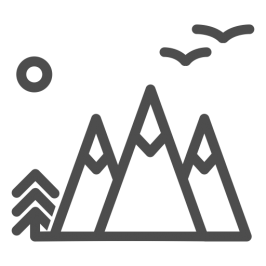 Max Altitude:
6091m
Max Altitude:
6091m  Trip Grading:
Easy
Trip Grading:
Easy  Trip Start:
Kathmandu
Trip Start:
Kathmandu  Trip End:
Kathmandu
Trip End:
Kathmandu  Average Dist. per Day
12Km
Average Dist. per Day
12Km  Average Time per Day
6hrs
Average Time per Day
6hrs 